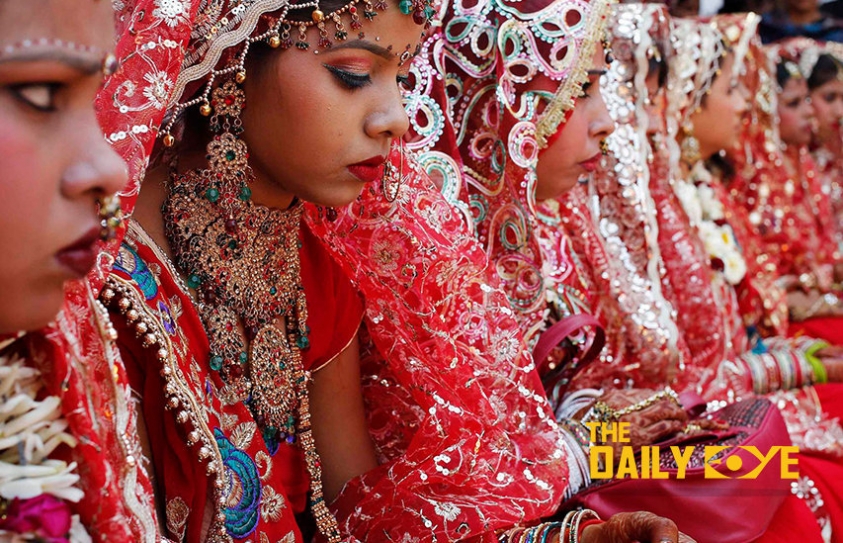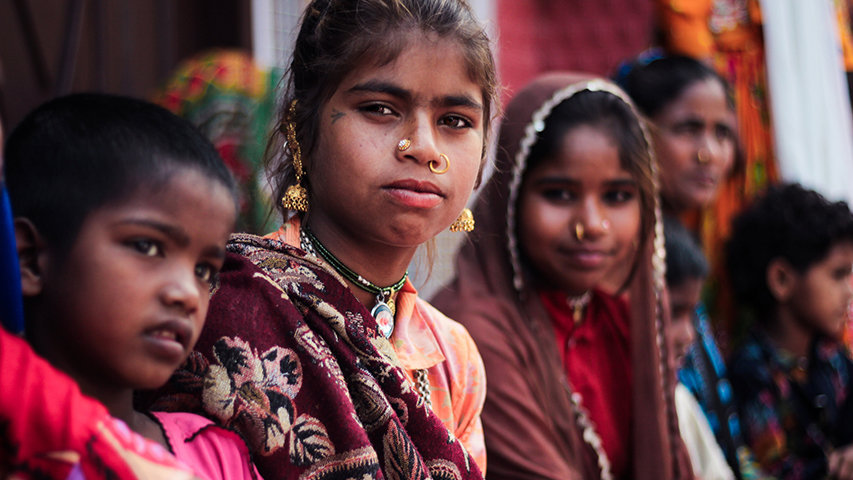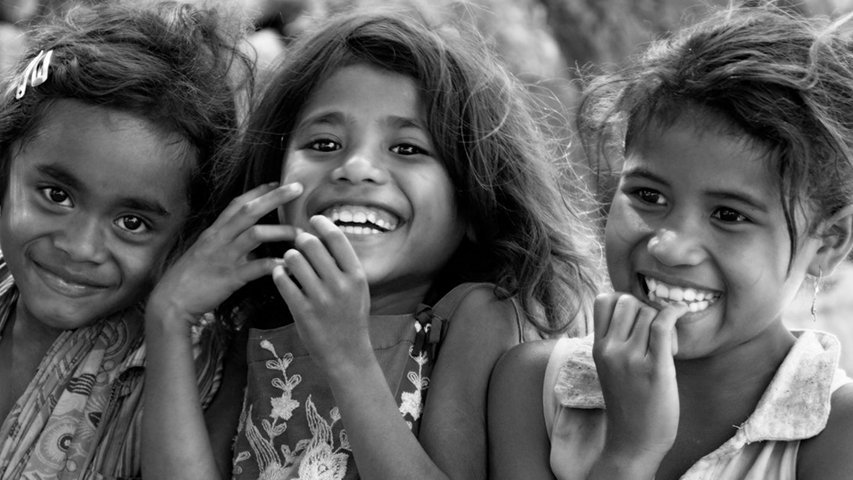
‘Would-be’ Child Brides become Child Warriors to fight their Community
by Yash Saboo July 6 2018, 2:11 pm Estimated Reading Time: 3 mins, 49 secsA 14-year-old young girl, Rajni, from Uttar Pradesh was in the middle of her eighth-grade exams when she found out her parents planned to get her married. She had never met the boy she had been promised to, she knew nothing about him. "I found out that my grandfather, my father and my brothers — all of them had gone to see the boy," she says.
Her mother "accepted child marriage as a done thing, how the world worked," Rajni adds. Her mother was married when she was 11 years old. For many elders in her village, the optimum time for a girl to be married is before she hits puberty, "the younger the better," says Rajni.

The Better India
For Rajni's family, poverty played a major part in wanting to marry her off. "My family's financial condition was very bad," she says, "And the more a girl studies, the more she grows up and the older she gets... the higher her dowry is."
Unlike other girls who have to give in and do as they are told by their adults, Rajni fought back. She fought hard. She spent weeks fighting, reasoning with and coaxing her parents. Every day, she told them she didn't want to get married. She'd rather die than get married, she said. She reminded her mother of her own struggles as a teenager spent married and bearing children.
Now 18, Rajni spoke to CNN at a training camp for recipients of the Girl Icon Fellowship, a prize she was awarded by the Milaan Foundation, a nonprofit organization that gives promising teenage girls a two-year fellowship which helps them drive change in their communities. She explains why child marriage is so embedded in Indian society.
In India, the practice of giving a dowry is widespread, despite being outlawed. There was also the matter of honour: the older a female child gets, the more people in her village worry that she'll bring dishonour or shame to the family if she remains unmarried, Rajni says.

Breakthrough
NGOs working to end the practice of child marriage agree with Rajni's analysis. "Once a girl is married off, she's her husband's responsibility. Then there's no risk to her reputation," says Shailja Mehta, the Associate Director of the Adolescent Collaborative at DASRA, an organization that works with NGOs across India on issues including child marriage.
"If you speak to a lot of families, it's about securing the future of a girl. Once you marry her off, she's secured in another family. She's achieved a particular status," according to Mehta. "It's also because of the insecurity, because of a girl and her increasing sexuality... let me get her married off so she's in a safe structure of marriage," she adds.
The reasons behind child marriage vary from region, caste and religion. In addition, the perception of daughters as a burden for poorer, lesser educated families often results in underage marriages. Child marriages were prevalent in India, but there are fewer taking place now. The percentage of women aged 20-24 who were married before 18 dropped from 47 percent in 2005/2006 to 27 percent in 2015/2016, according to UNICEF.
All thanks to girls like Rajni, things are changing, at least in her village. The teenage girls of Rajni's village of Bhauna Mau have mobilized. If they hear a girl is going to get married, they talk to her father and to her uncles about the dangers. They remind mothers of the early years of their own child marriages and they try to convince brothers to help protect their sisters.
Everyday Rajni cycles 40 miles to get to college and keep studying. She has dreams of continuing her fight for justice for women and girls and says she wants to become a police officer and open a school in her rural community. "Earlier, you never saw girls left in the village...there were never ten girls over the age of 15," she says. But now, there are about 25 girls who are like me.... Now at least, I feel like there's a group of us girls. You see girls."
Child marriage rates have gone down but fewer doesn't mean zero. The global statistics on child marriage are troubling. If there is no reduction in child marriage, the global number of women married as children will reach 1.2 billion by 2050.
"More than half of girls from the poorest families in the developing world are married as children," says Shipra Jha, head of Asia Engagement at Girls not Brides. Where poverty is acute, families and sometimes girls themselves believe that marriage will be a solution to secure their future," she adds.




-173X130.jpg)
-173X130.jpg)
-173X130.jpg)
-173X130.jpg)

_(7)-173X130.jpg)
-173X130.jpg)
-173X130.jpg)